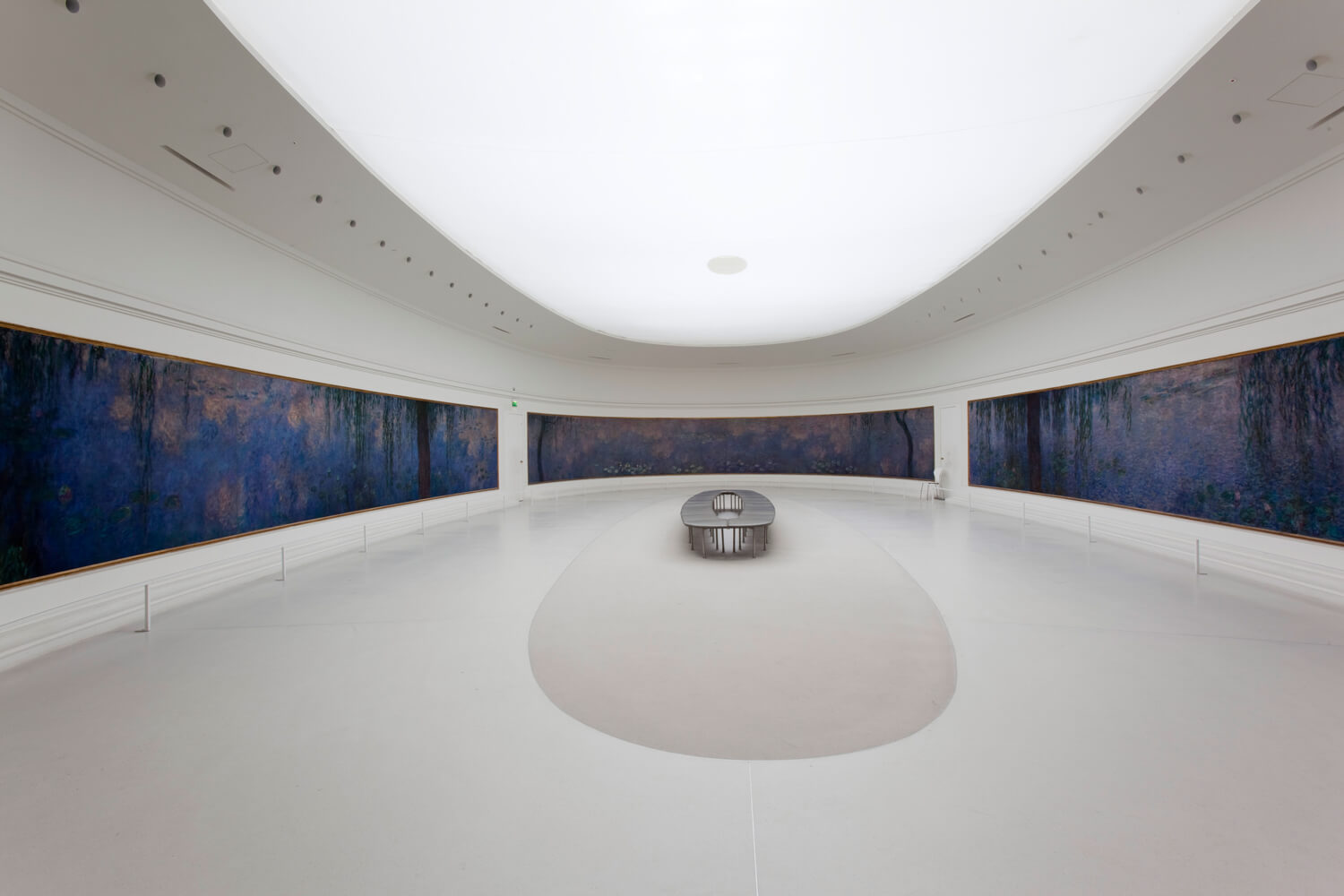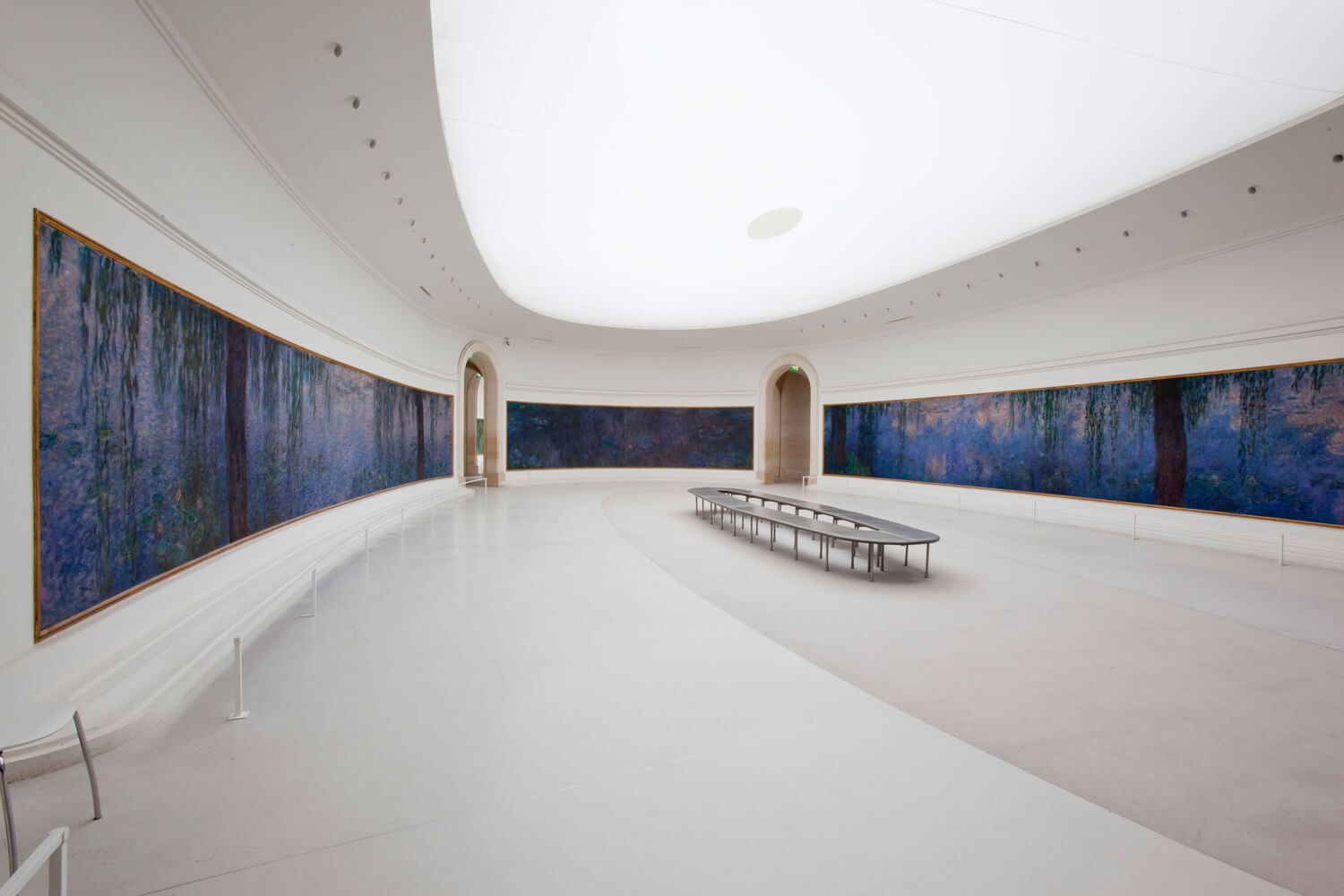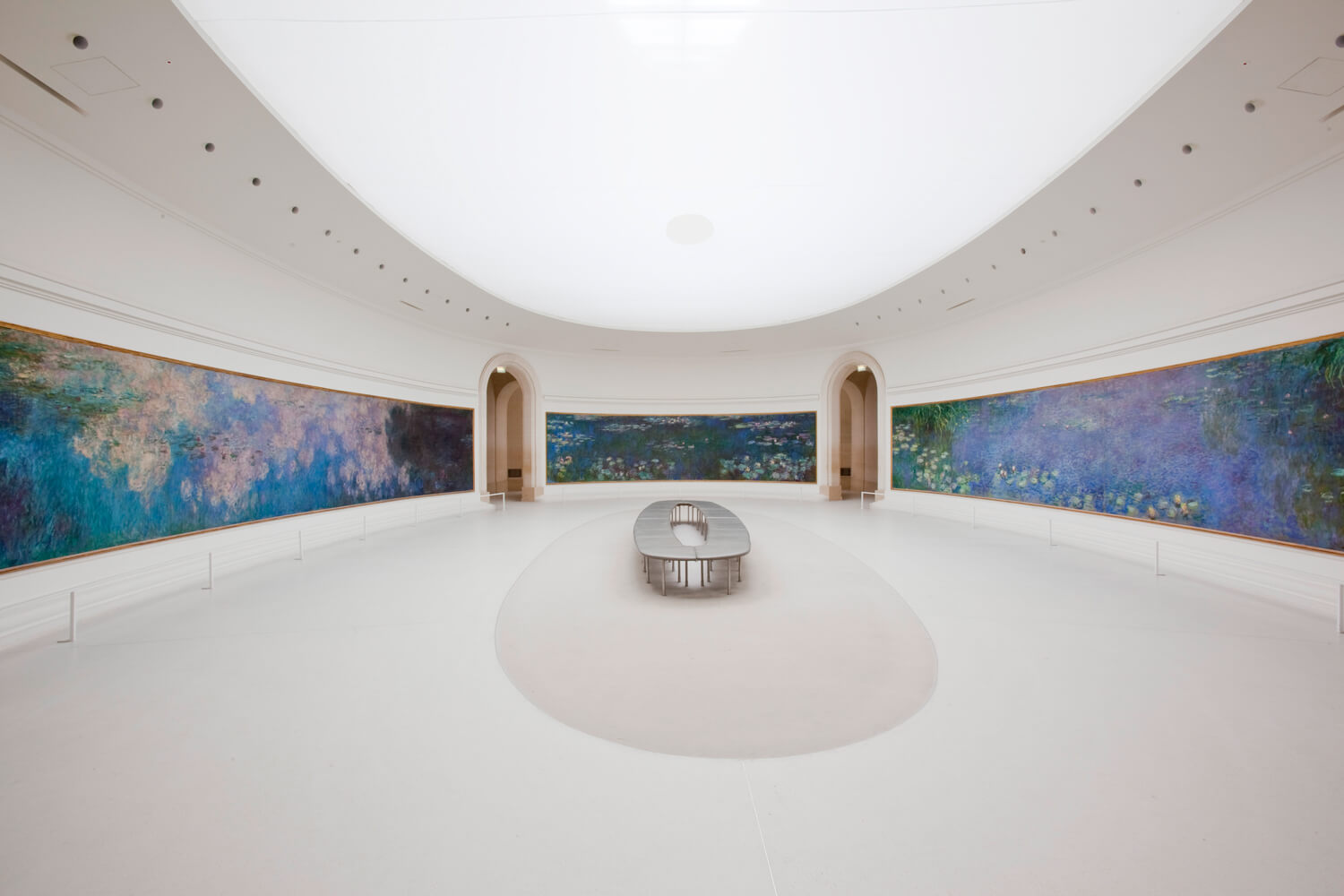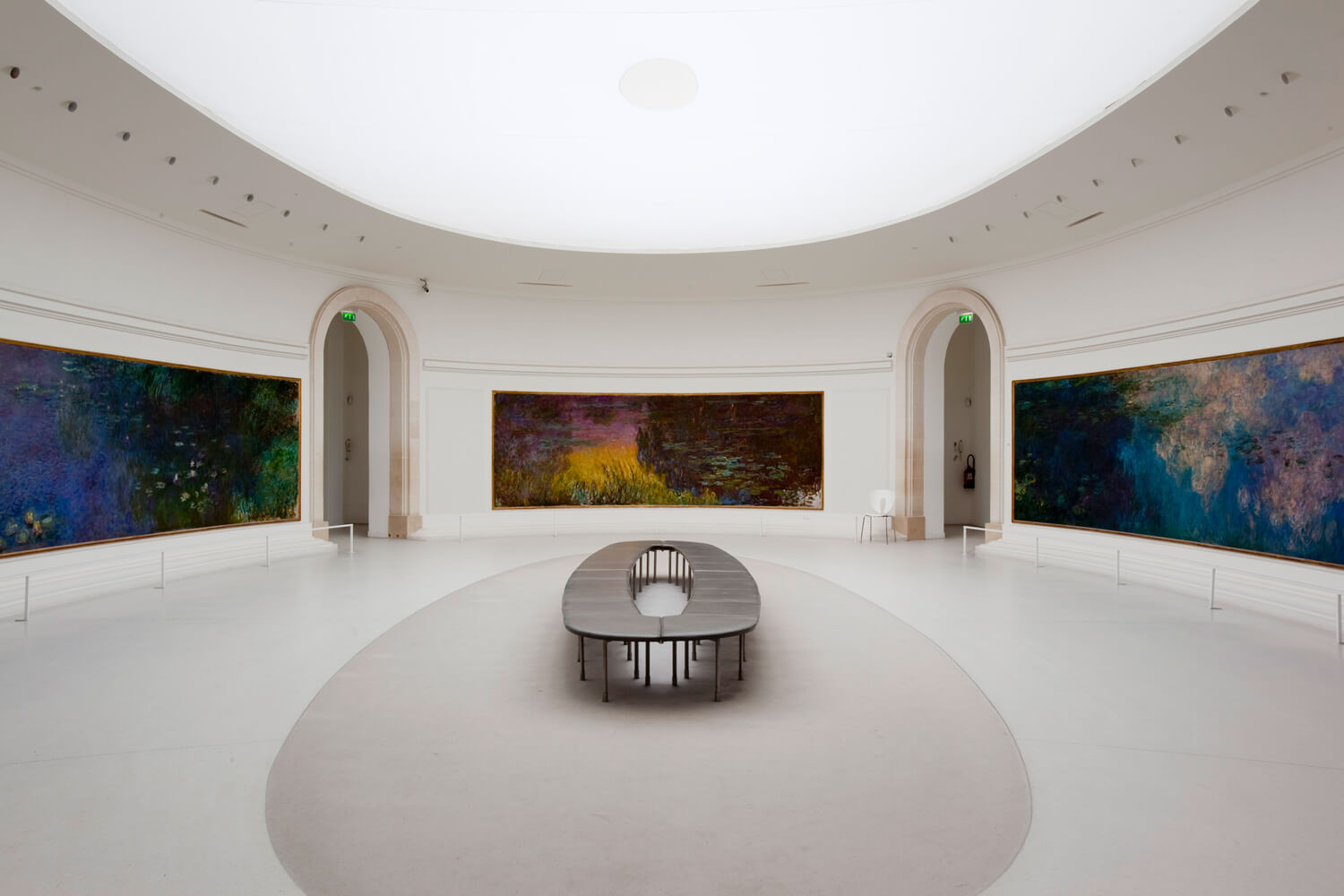Japanese Art: a Major Influence on the Work of Monet

©Sophie Boegly
Claude Monet, the figurehead of the impressionist movement, was strongly influenced by Japanese art. He was an admirer of the work of Hokusai and purchased several of his prints, which would go on to shake up his creative process.
Over the 1880s, Japanism made its whirlwind entry into western culture, especially in France. As Le Bon Marché sold prints, kimonos and fans, painters like Van Gogh and Monet were becoming captivated by this new aesthetic.
Ancient models and the classic use of perspective were transformed into a spectacular juxtaposition. Monet’s Waterlilies series was directly inspired by Japanese art. The colossal size of the paintings gives off a sense of calm and purity characteristic of Japanese prints. The Waterlily Pond, Green Harmony echoes this. Monet endows these landscapes with an almost sacred look.

©Sophie Boegly

©Sophie Boegly

©Sophie Boegly
TRENDING
-
The Tattoos that Marked the Criminals of the Edo Period
Traditional tattoos were strong signifiers; murderers had head tattoos, while theft might result in an arm tattoo.

-
The Story of Sada Yacco, the Geisha who Bewitched Europe
Described by Dazed magazine as the first beauty influencer, she has been restored to her former glory since 2019.

-
Chiharu Shiota, Red Threads of the Soul
Last year, more than 660,000 people visited the retrospective 'Chiharu Shiota: The Soul Trembles' exhibit at the Mori Art Museum.

-
Japanese Left-field Pop From The CD Age, 1989-1996
‘Heisei No Oto’, a compilation of hidden gems in the unspoken depths of Japanese pop, reveal blissful moment of technological possibility.

-
‘Shojo Tsubaki’, A Freakshow
Underground manga artist Suehiro Maruo’s infamous masterpiece canonised a historical fascination towards the erotic-grotesque genre.





